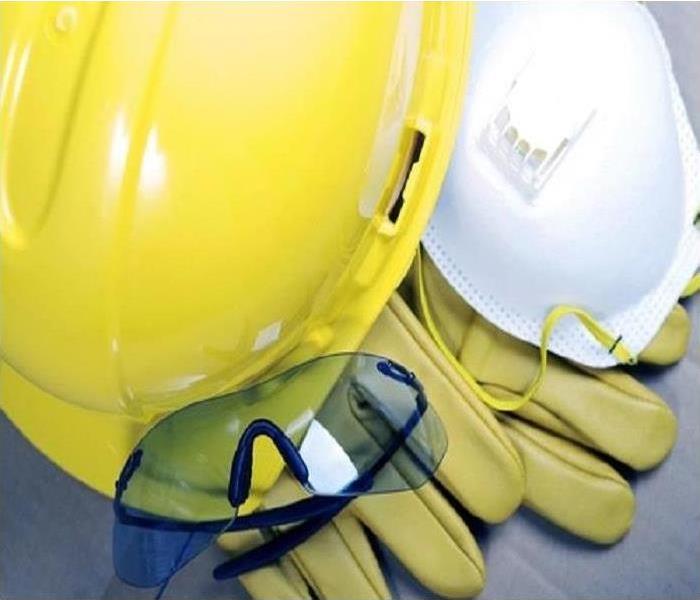Post-Flood Contamination Risks and Serious Hazards
4/14/2018 (Permalink)
While damage to a building after a flood is a given, flood contamination risks often come as a surprise to occupants of a building affected by water inundation. There’s more to worry about than just wet carpets, so keep flood contamination risks in mind when contemplating the clean-up of a flooded building.
First, consult with a qualified water damage remediation expert before re-entering a flood-damaged building to make sure other, more lethal threats such as live electricity and potential structural collapse have been mitigated.
Sewage Contamination
Work under the assumption that any water you contact may be raw sewage or tainted by raw sewage.
- Wear protective clothing including, boots, gloves, eye protection and some sort of approved face mask to protect against respiratory illness.
- Wash your hands frequently while you’re in the home. Don’t eat or drink without thorough washing first.
- Don’t eat any food contacted by water during the flood. If you need water, use bottled water until the safety of the local drinking water has been verified.
- Clean and bandage any minor cuts or scrapes immediately before continuing any clean-up work.
Chemical Contamination
Industrial chemicals that overflow during a flood, pesticides picked up by flood waters and gasoline and oil are all common contaminants that pose a threat after flood waters recede. Local toxic waste disposal sites inundated by a flood may also release dangerous substances into the water.
- Wear protective clothing, gloves, boots, eyewear and respiratory protection.
- Be alert to any symptoms of exposure to toxic chemicals, including headaches, dizziness, nausea, and skin rashes. Discontinue clean-up work and seek medical help immediately.
For a professional assessment of flood contamination risks and advice on how to protect yourself, contact the water damage experts at SERVPRO of The Beaches/Ponte Vedra – 904-246-6118.





 24/7 Emergency Service
24/7 Emergency Service